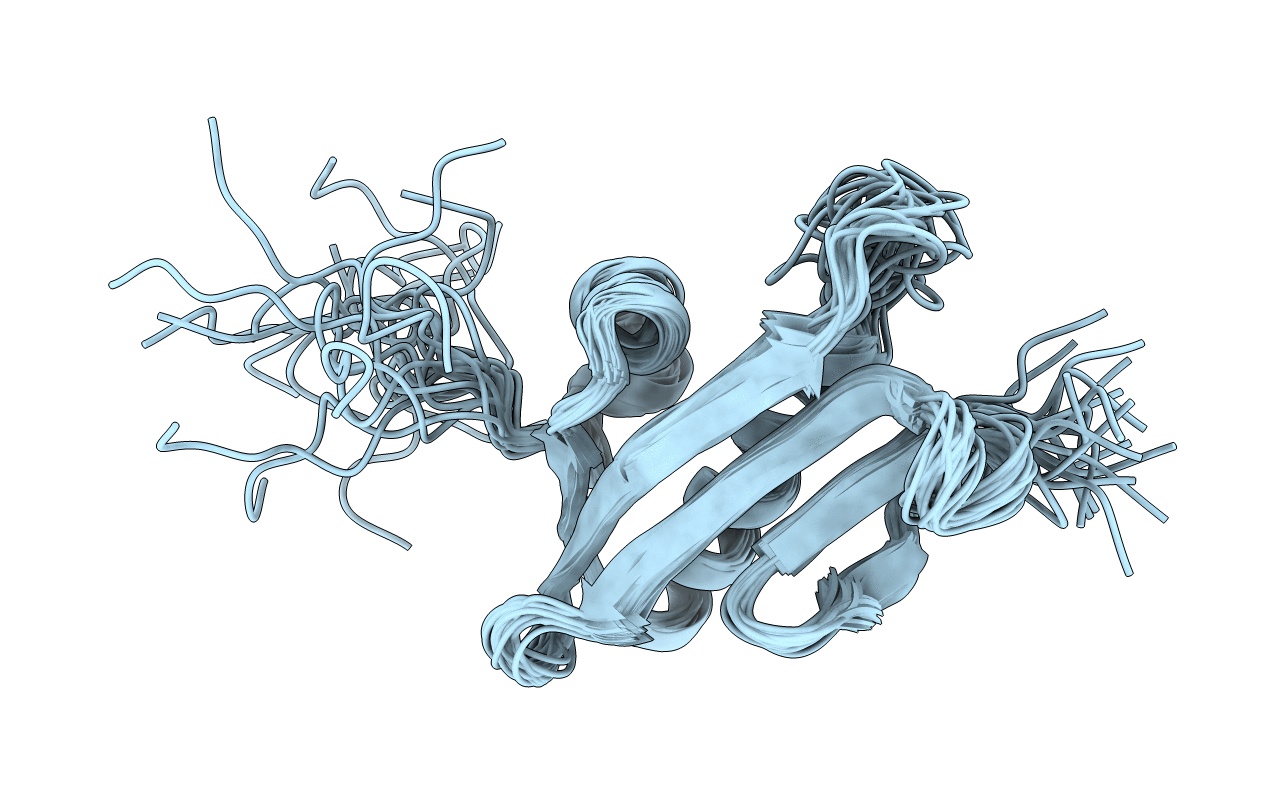
Deposition Date
2003-10-09
Release Date
2004-03-09
Last Version Date
2024-05-01
Entry Detail
PDB ID:
1R57
Keywords:
Title:
NMR Solution Structure of a GCN5-like putative N-acetyltransferase from Staphylococcus aureus. Northeast Structural Genomics Consortium Target ZR31
Biological Source:
Source Organism:
Staphylococcus aureus (Taxon ID: 1280)
Host Organism:
Method Details:
Experimental Method:
Conformers Calculated:
30
Conformers Submitted:
20
Selection Criteria:
structures with fewest restraint violations and lowest energy


